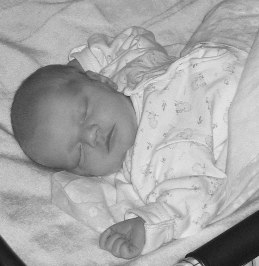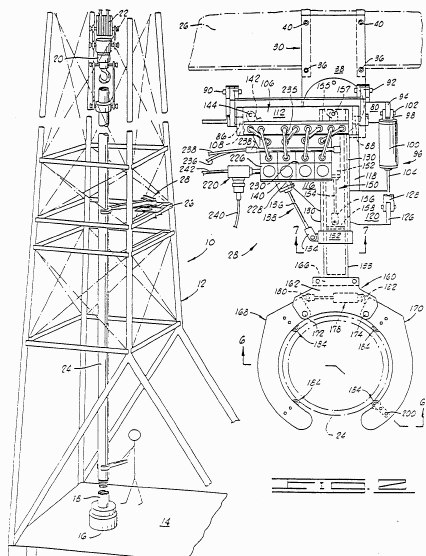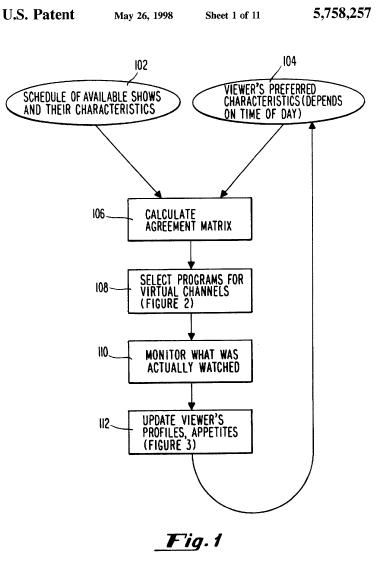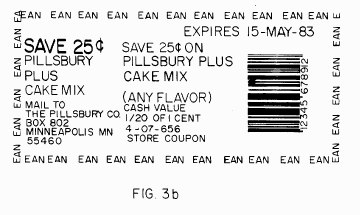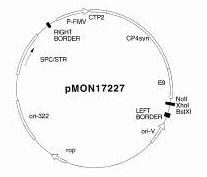By Dennis Crouch
Under the rules of the Court of Appeals for the Federal Circuit (CAFC), non-precedential opinions may not be cited in briefs submitted to the Court. Federal Circuit Rule 47.6(b) provides that an opinion designated as non-precedential “must not be employed or cited as precedent.” The CAFC reasons that these opinions are essentially throw-away judgments that do not “significantly [add] to the body of law.” Noted attorney Hal Wegner has gone so far as to say that non-precedential opinions are “not worth reading or studying as a routine matter.”
Despite the rule, attorneys sometimes cannot resist citing to an unpublished opinion that is directly on-point. In a recent opinion, the Court drew a line in the sand and issued a stern warning to any attorney contemplating whether to use a non-precedential opinion in a brief. In the order titled In re violation of Rule 28(c), ___ F.3d ____ (Misc. No. 774) (Fed. Cir. Nov 5, 2004), the CAFC pronounced that in the future, “violations of the Federal Rules of Appellate Procedure, or of our Local Rules of Practice, will likely result in sanctions” regardless of whether or not the violations are “inadvertent.” Although the case involved Rule 28 rather than Rule 47, in its opinion, the Court specifically indicated its disapproval of the citation of non-precedential opinions:
Violations of . . . Rule 47.6 which prohibits the citation of nonprecedential opinions . . . are all too frequent. In addition to imposing an unfair burden on opposing parties, violations of our rules also burden the court. The court must consider a large number of appeals each year. It can only conduct its work fairly and efficiently if counsel cooperate by abiding by the pertinent rules.
Federal Circuit Judges have previously spoken out against the citation of unpublished opinions. Although notorious for its split opinions, a unanimous appellate body argued in an open letter that allowing citation of unpublished opinion may “adversely affect the administration of justice by skewing the allocation of judicial resources, delaying issuance of precedential opinions, increasing the issuance of judgments without an accompanying opinion, and harming litigants.”
In the background of the CAFC’s firm stance is a movement to change the Rules of Appellate Procedure to allow the citation of unpublished opinions. Earlier this year, a U.S. Judicial Conference advisory committee endorsed a proposed rule that would allow citation of unpublished appellate decisions. So far, nine of the thirteen appellate courts allow some citation of unpublished opinions. If enacted, the new rule would allow such citations in all the appellate courts.
In re violation of Rule 28(c) arose as a side issue in a patent litigation suit between Esab Group and Centricut. At the district court, Esab Group won a multi-million dollar judgment against Centricut for infringement of Esab’s patent relating to plasma welding products. Centricut appealed the judgment and the measurement of damages. Esab cross-appealed, asking for a modification of the judgment on damages.
Rule 28(c) and its associated Practice Notes limit the content of cross-appeal reply briefs to issues presented by the cross-appeal. However, Esab’s reply brief consisted of 23 pages, about 20 of which related only to the main appeal and not the cross appeal.
The appellate panel declined to impose monetary sanctions against the offending attorney, but noted that “we wish to make clear that it is the duty of counsel to familiarize themselves with applicable rules, and that, in future cases, serious violations of applicable rules, whether or not ‘inadvertent,’ will potentially subject counsel to sanctions.”
I continue to read unpublished opinions for a couple of reasons. (i) First, I have found that these opinions are occasionally ground-breaking and important. For instance, recently the Federal Circuit supported the use of articles downloaded from the Internet as evidence that a mark was merely descriptive. In re DSS Environmental, Inc., (04-1041) (Fed. Cir. October 20, 2004) (unpublished opinion). Even though the decision cannot be cited as precedent, it is still an important landmark. (ii) In addition, the day may come when these opinions suddenly become good law. When that day comes, I will be ready.
Dennis Crouch (crouch@mbhb.com) is an attorney at the intellectual property law firm of McDonnell Boehnen Hulbert & Berghoff LLP in Chicago. He is also author of the popular Patently-O Blog (patentlyo.com).
